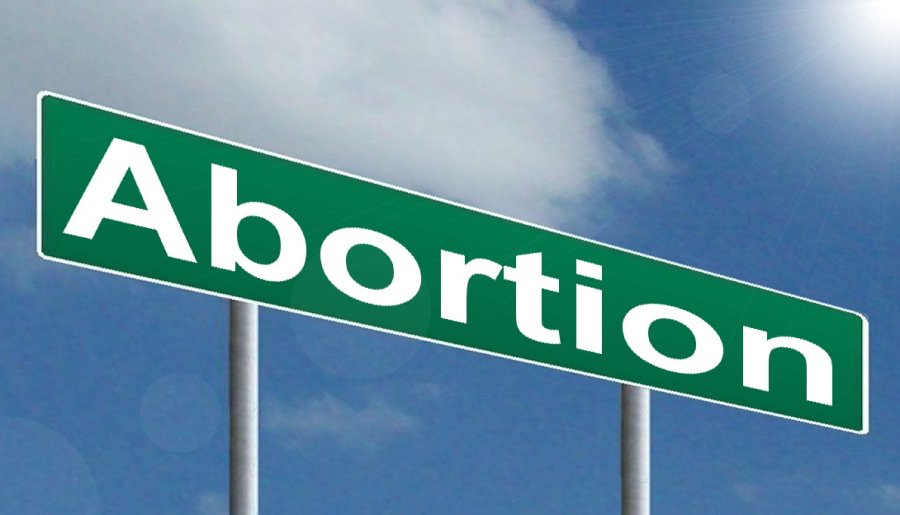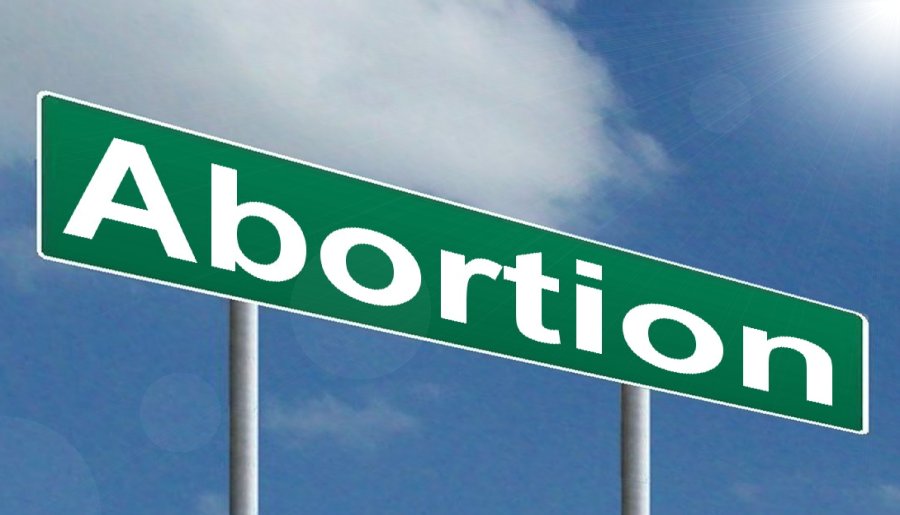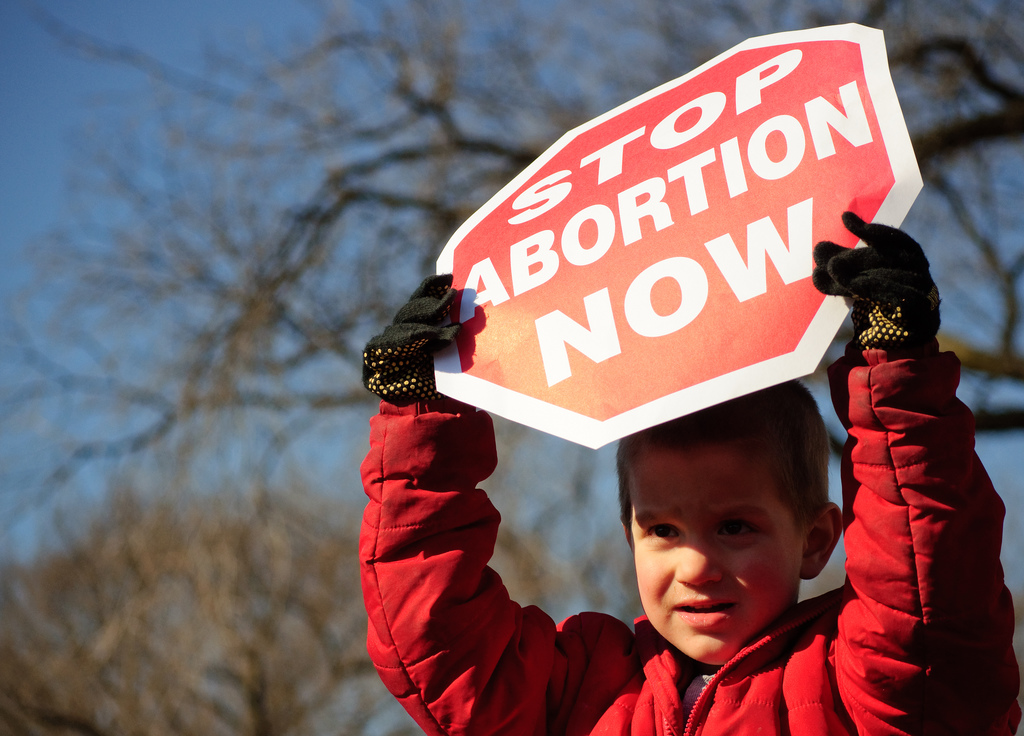China sees larger percentage of older citizens despite relaxed population control measures
02/10/2021 / By Ramon Tomey

A decline in population looms ahead for China despite its government’s loosening of population control measures. Provincial figures obtained from a nationwide census show China’s population growth in 2019 plunged to its lowest in 60 years. Not even the repeal of the one-child policy, which was in place since 1979, managed to address this dive in population.
Initial nationwide census findings, which have a larger scale, recorded 14.65 million births in 2019. But this figure was lower by one third compared to averages in the 1990s and 2000s. China’s strict population control measures were still in place during those decades.
Even the government itself acknowledged the drop in births. A report by China Business News said the country had 142 million fewer births between 1990 and 2019 compared to the preceding three decades. It based the finding on population database statistics from the Chinese National Bureau of Statistics. Nearly 240 million Chinese were born during the 1960s, equating to a 43.6 percent birth rate. But the figures plunged following the one-child policy introduced by Deng Xiaoping in 1979 to address the country’s population boom. It was loosened in 1990, but this did little to curb the demographic decline. The one-child policy was scrapped in 2015, after being in place for almost 40 years.
Starting in 1998, new births every year started to slip to below 20 million. Total births in the 2000s dropped to 162 million, about 46 million fewer than those in the 1990s. China added a total of 163 million new births between 2010 and 2019, based on current and previous headcounts. This was 477,000 more than the previous decade.
But the 163 million births added from 2010 to 2019 may likely be insufficient to address a foreseen “population sinkhole” in the mid-2020s. A January 2021 study by the Chinese Academy of Social Sciences warned that if current trends continue, the country’s population will peak at 1.44 billion in 2029 before hitting an “unstoppable” decline.
China is acting fast to address this demographic time bomb
China’s population decline is affecting the country in two ways. First, fewer Chinese means less domestic consumption – affecting the central government’s push for consumption-led growth. Second, more senior citizens will put unprecedented strain on social ties and skew the demographic ratio of young and old. (Related: Population control? Half a million elderly people go missing in China every year.)
Demographic data from Shanghai obtained by Asia Times appears to reflect this sentiment. The city now has 500,000 more residents aged 65 and older compared to those aged 35 and below. The city of 24 million, reportedly the most vibrant and populous, saw only 92,000 babies born in 2019. As a result, the Shanghai Municipal Bureau of Statistics warned of a “retirement tsunami.” The baby boomers of the 1960s set to retire or receive pensions threaten to drain the city’s funds – already nearing depletion – in the next two to five years.
The central government has proposed pushing back the current retirement age for female workers in the next five years. Its plan involves increasing female workers’ retirement age from 55 years old to 60 years old. Shenzhen-based financial commentator Liu Xiaobo told Asia Times that China would soon allow all couples to have no more than three children by the end of 2021 or 2022. His sources added that the central government is now discussing incentives for these couples, such as free high school education and special discounts for mortgage rates.
Meanwhile, Chinese cities themselves have implemented new policies to lure in a younger demographic. Shanghai lowered its household registration threshold last year to attract fresh graduates to stay there. Guangzhou is another city seeking to attract younger populations. It scrapped a quota regime to control the population and is now welcoming young migrant workers to settle in the suburban districts.
Xiamen University economics professor Ding Changfa told Asia Times that Chinese cities such as Shanghai and Guangzhou see the immigration of young people from other places as a solution to their population problem. It mirrors the practice of other nations such as the Netherlands, Japan and Singapore that open their doors to quality, new immigrants – ensuring an ample and capable labor force.
“Young people are the future as they produce more GDP [gross domestic product], [promote] consumption and overall, when they raise their own families and have babies,” the professor said.
Visit CommunistChina.news to learn more about the long-term effects of China’s one-child policy.
Sources include:
Tagged Under: Baby Boomers, China, Chinese population, demographic decline, Guangzhou, National Bureau of Statistics, one child policy, pension funds, population control, retirement age, Shanghai, young couples
RECENT NEWS & ARTICLES
COPYRIGHT © 2017 ABORTIONS.NEWS
All content posted on this site is protected under Free Speech. Abortions.news is not responsible for content written by contributing authors. The information on this site is provided for educational and entertainment purposes only. It is not intended as a substitute for professional advice of any kind. Abortions.news assumes no responsibility for the use or misuse of this material. All trademarks, registered trademarks and service marks mentioned on this site are the property of their respective owners.




















